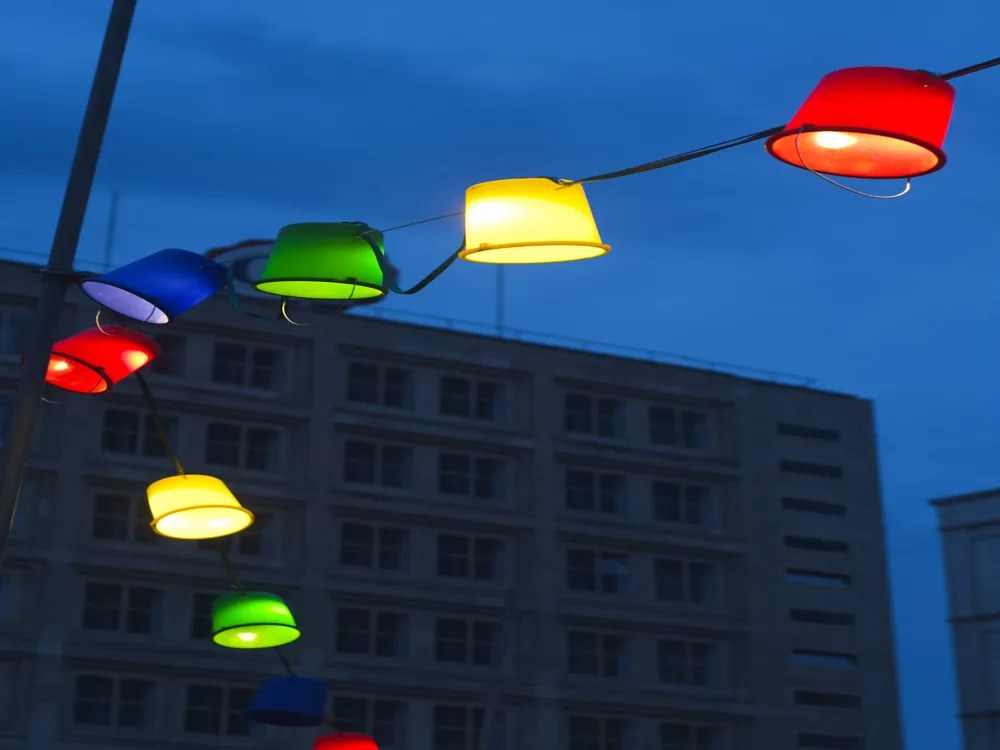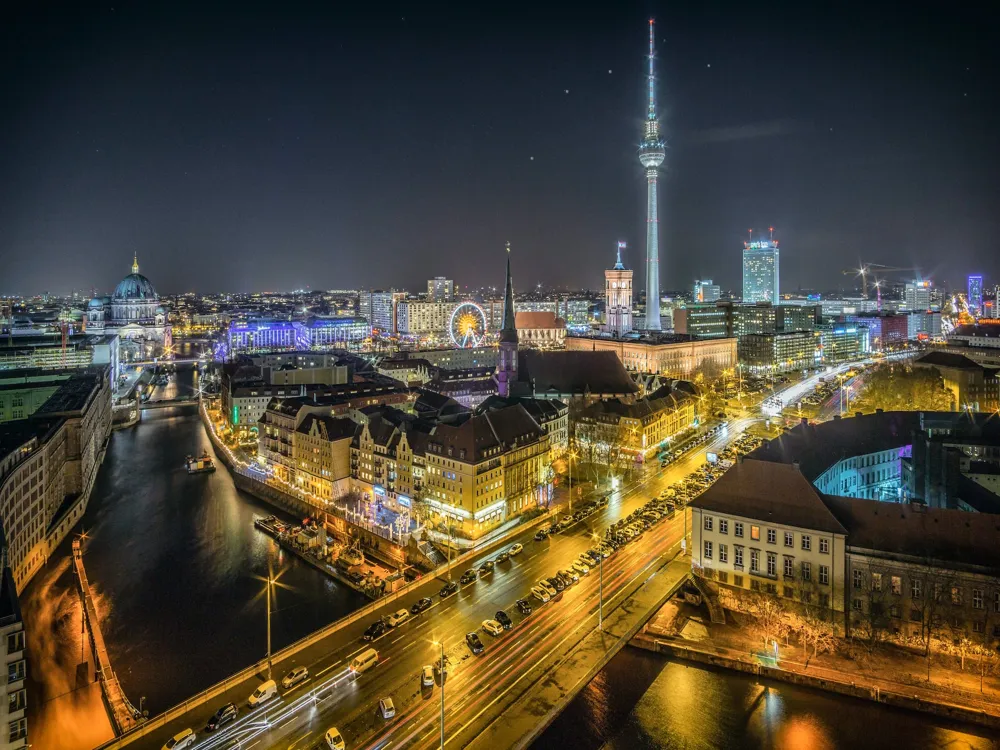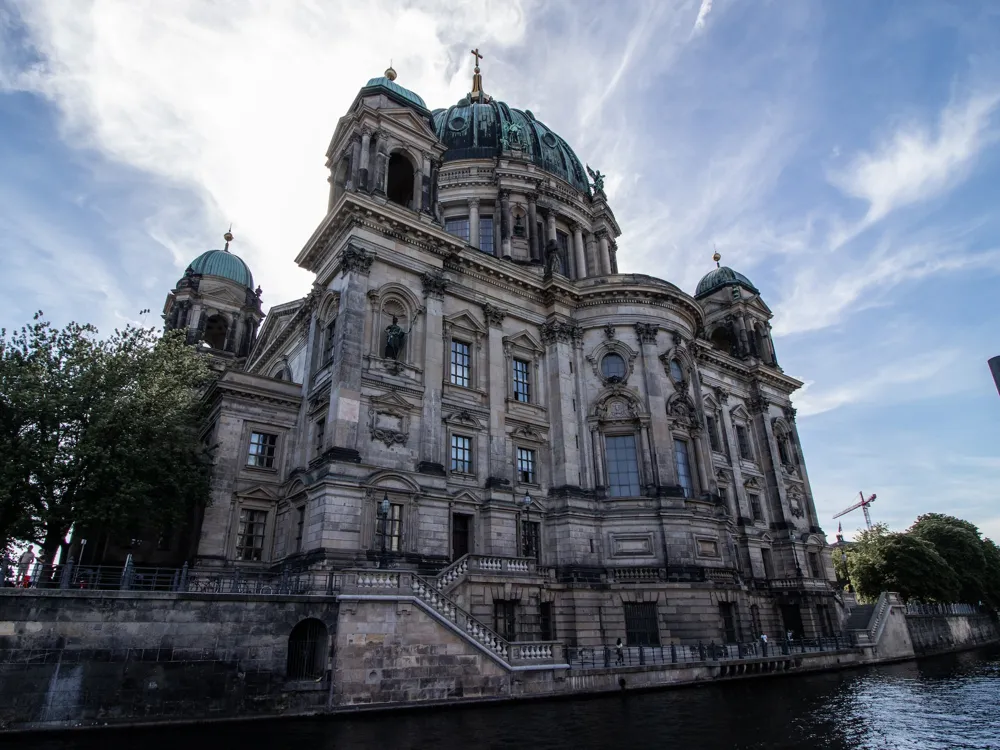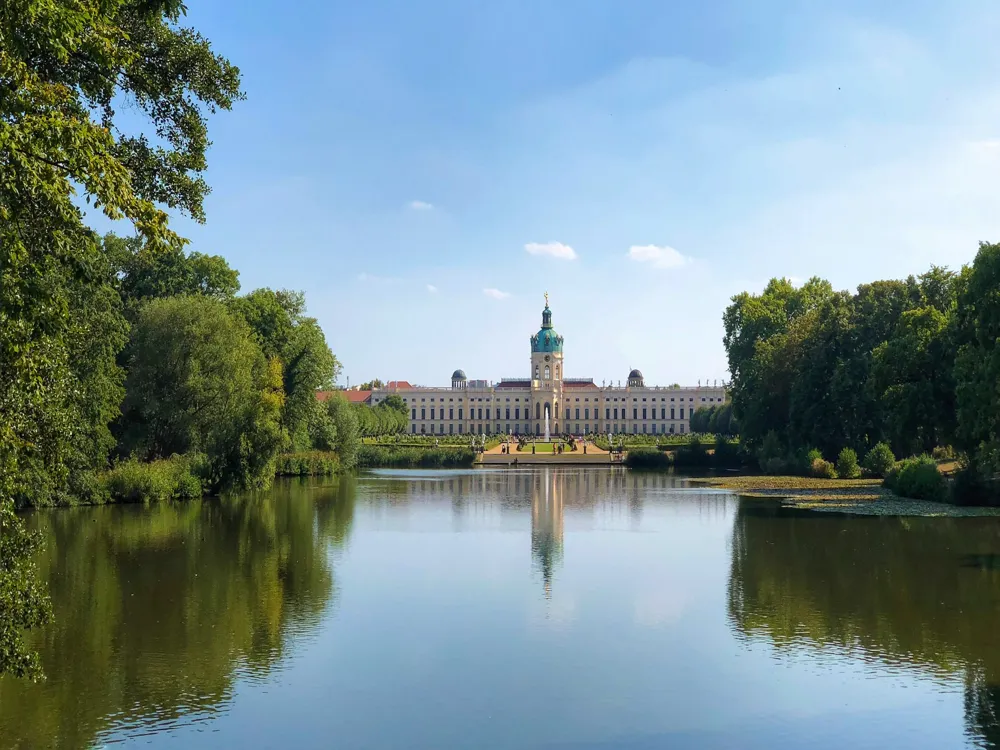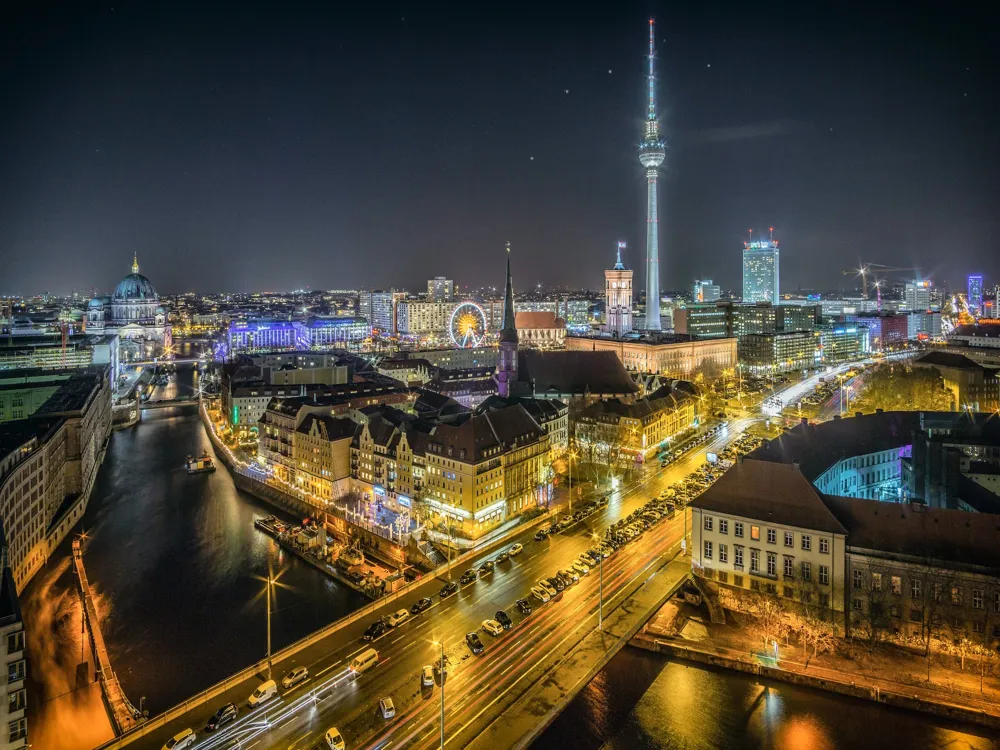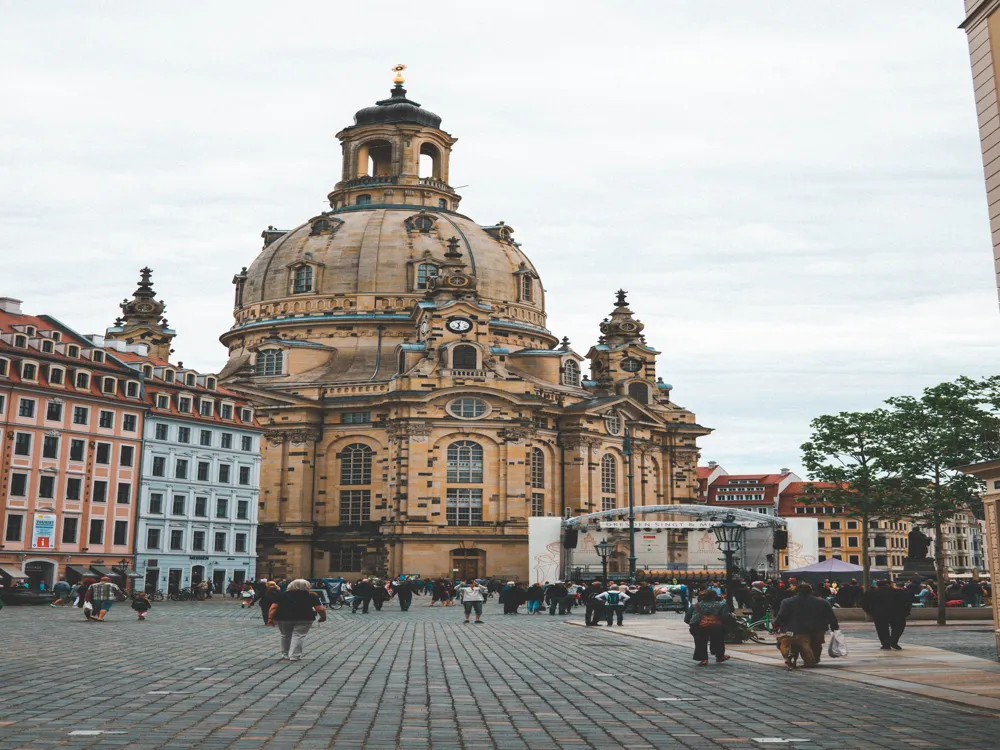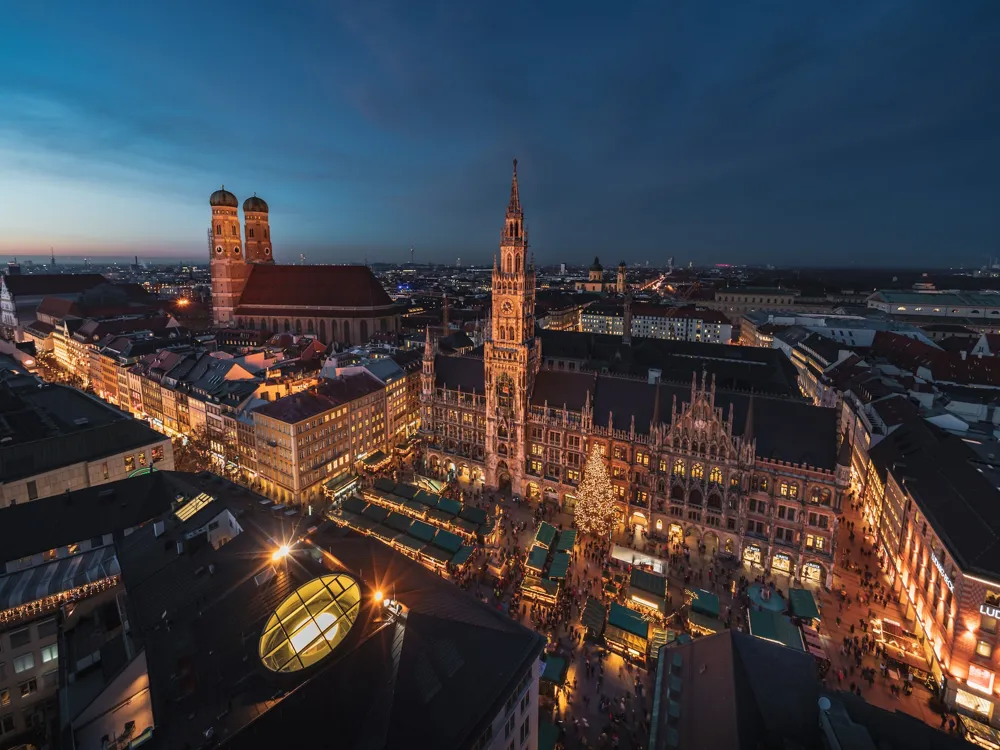The Berlin Wall Memorial and Documentation Centre stands as a profound symbol of the city's turbulent history during the Cold War. Spanning several blocks along Bernauer Strasse, the memorial traces the footprint of the infamous Berlin Wall, which once divided the city into East and West Berlin. This site not only commemorates the physical barrier that separated families and friends for nearly three decades but also serves as a poignant reminder of the political and ideological rift that once fractured the world. Established in 1998, the Berlin Wall Memorial encompasses remnants of the Wall, an open-air exhibition, the Chapel of Reconciliation, and the Documentation Centre. The area provides a comprehensive historical account through photographs, documents, and multimedia exhibits, illustrating the Wall's construction, its impact on daily life, the stories of those who attempted to escape, and the joyous reunification of Berlin. The memorial offers a detailed and emotional journey into a significant chapter of Berlin's history. The architecture of the Berlin Wall Memorial and Documentation Centre is a thoughtful blend of preservation, reconstruction, and modern design. The remnants of the Wall, including a section with the original fortifications known as the 'death strip,' are preserved as they were, offering a stark, unfiltered glimpse into the past. The Documentation Centre, designed by the architectural firm Kohlhoff & Kohlhoff, is a contemporary structure that stands out with its clear geometric forms and use of glass and steel. The building's design symbolizes transparency and openness, contrasting sharply with the oppressive nature of the Wall it documents. Inside, the centre's layout guides visitors through a series of interconnected spaces, each dedicated to different aspects of the Wall's history. The use of glass in the architecture serves a dual purpose: it allows natural light to permeate the space, creating an atmosphere of reflection and remembrance, and provides views of the remaining Wall segments, ensuring that the historical context is never lost. The Chapel of Reconciliation, another vital component of the memorial, is a circular wooden structure, symbolizing renewal and hope. Its design incorporates remnants of the original church destroyed during the Wall's construction, bridging past and present. Check the opening hours and any special events or exhibitions that might be happening during your visit. The Centre offers guided tours, which can provide deeper insights into the history of the Berlin Wall. Much of the memorial is outdoors, so dress according to the weather. Comfortable walking shoes are recommended, as you'll be exploring several blocks along the former border. Remember that this is a place of remembrance and reflection. Be respectful of the site and other visitors, keeping noise levels low and adhering to any site-specific guidelines. The Berlin Wall Memorial and Documentation Centre is easily accessible by public transport. The closest U-Bahn station is Bernauer Strasse on the U8 line. The site is also a short walk from the Nordbahnhof S-Bahn station, serviced by the S1, S2, and S25 lines. Several bus lines, including 247, stop nearby. For those driving, limited street parking is available in the area. Read More:Overview of the Berlin Wall Memorial and Documentation Centre
Architecture of Berlin Wall Memorial and Documentation Centre
Tips When Visiting Berlin Wall Memorial and Documentation Centre
Plan Your Visit
Dress Appropriately
Respect the Site
How To Reach Berlin Wall Memorial and Documentation Centre
Berlin Wall Memorial and Documentation Centre
Berlin
₹ 58,000 onwards
View berlin Packages
Berlin Travel Packages
View All Packages For Berlin
Top Hotel Collections for Berlin

Private Pool

Luxury Hotels

5-Star Hotels

Pet Friendly
Top Hotels Near Berlin
Other Top Ranking Places In Berlin
View All Places To Visit In berlin
View berlin Packages
Berlin Travel Packages
View All Packages For Berlin
Top Hotel Collections for Berlin

Private Pool

Luxury Hotels

5-Star Hotels

Pet Friendly






